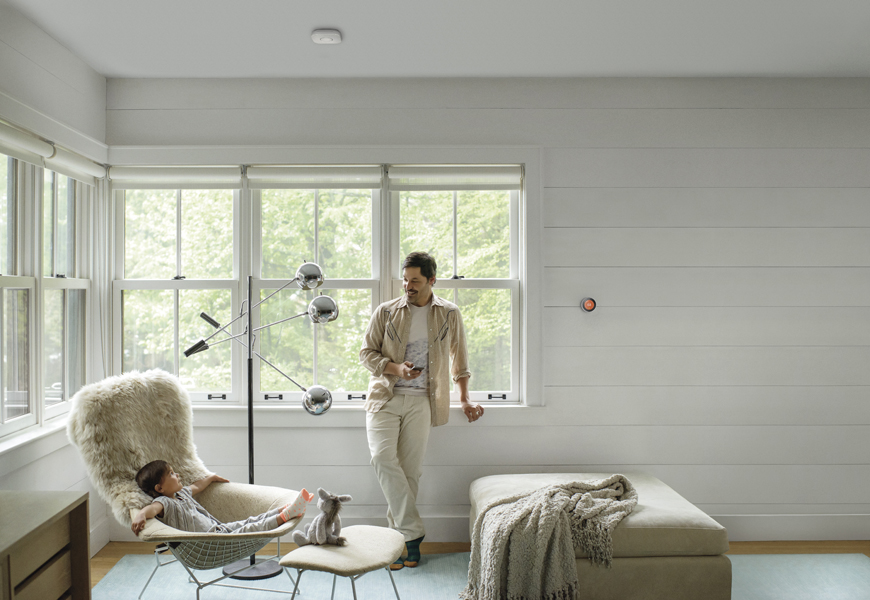The days are getting shorter and the weather is getting cooler. Yes, winter is coming. The Farmer’s Almanac, and subsequently all of mainstream media, is abuzz that this will be a colder than average winter… and no one likes to suffer through winter. Even worse, no one likes to pay crazy heating bills. Thankfully there is a slew of products on the market to make your home more energy efficient when it comes to heating.
Smart thermostats were first introduced a few years back as a way to better control your heat and your costs and they’ve come a long way since. Here are a couple of the best smart thermostats on the market right now to get your through the colder months. In a highly competitive market, make sure you read all the features to ensure which smart thermostat works best for you.
Nest Thermostat
The Nest Thermostat has quickly become the standard bearer for smart thermostats. Nest has been around since the beginning and recently launched their latest model. The new generation three model gets an all-new design update with a larger screen and much slimmer profile. It also adds in a couple of new features including integration with Alexa-friendly Amazon products.
What we love about nest, is that it relies on built-in sensors to track your whereabouts along with algorithmic smarts to create a custom, auto-adjusting temperature schedule based on your movements in your home. Yup, it’s just that smart. Of course you can make manual tweaks to your settings on the Nest app on your smart phone. Nest is compatible with 95% of all HVAC systems. And installing a Nest is very easy for even a newbie DIYer. We tested it out and highly recommend it.
ecobee
The ecobee smart thermostat is one of the newer brands in the field of smart thermostats. Their competitive edge seems to be a lower price point than the nest. But if you shop around this all but disappears.
The ecobee3 offers much of the same features (but not quite all) as the Nest. But it does feature automatic optimization of your heating and cooling via a weather forecast function. Alerts can be configured so that you receive an email if the temperature in your home gets too high or dips too low. It also incorporates something called free cooling that uses outside air in the temperature is cooler than indoors rather than full AC. Installing one of these smart thermostats isn’t quite as easy as the Nest. The system wasn’t quite as responsive, or ‘smart’ as Nest but you could opt for this one if you don’t like the design of the Nest.












